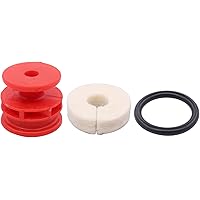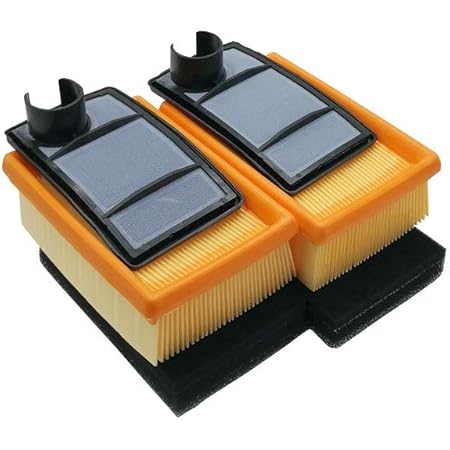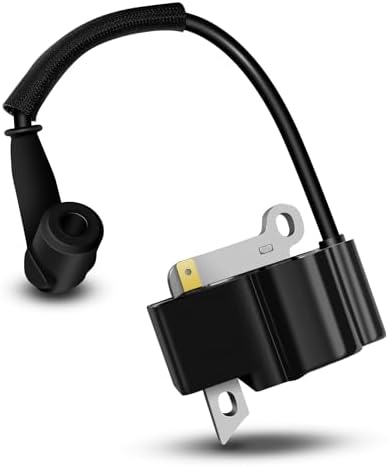The Stihl backpack sprayer is a powerful tool for tackling a variety of tasks, from pest control in your garden to larger-scale agricultural applications. But its effectiveness isn’t solely reliant on the machine itself; the solutions you use play a crucial role. This guide dives into homemade remedies perfectly suited for your Stihl sprayer, offering practical advice and considerations for optimal performance. We’ll also briefly touch on some mechanical aspects of the sprayer, as understanding your equipment is key to safe and effective use.
Understanding Your Stihl Backpack Sprayer: A Quick Mechanical Overview

Before we jump into the recipes, let’s quickly address some common questions regarding the Stihl backpack sprayers. While this article focuses on homemade solutions, understanding your sprayer’s capabilities is crucial. Although torque isn’t a directly applicable spec to backpack sprayers in the same way it is for larger machinery, the power and efficiency of the pump are analogous. A more powerful pump (often implied by engine size and design) means better spraying performance, particularly when using thicker homemade mixtures.
Different Stihl models offer varying engine sizes and pump capabilities. Consult your user manual for specific details about your model’s performance specifications. Generally, larger engine options translate to greater pressure and flow rate, allowing for quicker coverage and better penetration of denser foliage. However, increased power might also lead to greater fuel consumption.
Towing capacity isn’t relevant for backpack sprayers, as they are designed for individual use and are carried, not towed. The focus should be on the ergonomic design and comfort features of the sprayer to ensure comfortable operation during extended use.
Comparing Stihl Sprayers to Competitors

Stihl holds a strong reputation for quality and durability in the power equipment market. While other brands offer backpack sprayers, Stihl often stands out for its robust build, reliable engines, and efficient pump systems. Competitor models may offer different features or price points, but comparing specs like pump pressure, tank capacity, and nozzle types is crucial when choosing a sprayer. The key is to select a machine that meets your specific needs and budget.
Homemade Remedies for Pest and Weed Control
The beauty of a Stihl backpack sprayer lies in its versatility. While commercial solutions are readily available, crafting your own remedies offers greater control over ingredients, cost-effectiveness, and environmental impact. However, always test any homemade mixture on a small area before applying it broadly to ensure it doesn’t damage your plants.
1. Neem Oil Solution for Pest Control

Neem oil is a natural insecticide derived from the neem tree. It’s effective against a wide range of common garden pests, including aphids, mealybugs, and whiteflies. For your Stihl sprayer, mix 1-2 tablespoons of neem oil with 1 gallon of water. Add a few drops of liquid soap (dish soap works well) to help the oil emulsify and adhere to plant surfaces. Always shake the mixture well before spraying.
2. Soap and Water Solution for Aphids
A simple solution of water and mild dish soap can effectively control aphids. The soap disrupts the aphids’ cell membranes, leading to their demise. Mix 1-2 tablespoons of dish soap with 1 gallon of water. Avoid using harsh detergents, as they can damage plants.
3. Vinegar Weed Killer
White vinegar is a surprisingly effective weed killer, particularly for young weeds. Its acetic acid content can burn and kill weeds upon contact. Use a solution of undiluted white vinegar (5% acidity or higher) directly on weeds, carefully avoiding desirable plants. This solution might require multiple applications for stubborn weeds. It’s less effective on established, deep-rooted weeds.
4. Baking Soda Solution for Fungal Diseases
Baking soda (sodium bicarbonate) possesses antifungal properties and can be used to combat fungal diseases like powdery mildew. Mix 1 tablespoon of baking soda with 1 gallon of water and a half teaspoon of liquid dish soap. Spray thoroughly on affected plants. This solution should be used as a preventative measure or at the first sign of infection.
Important Considerations When Using Homemade Remedies

While homemade remedies offer many advantages, there are a few crucial points to remember:
- Thorough Mixing: Ensure your mixture is well-mixed before filling your Stihl sprayer. Uneven distribution can lead to inconsistent results.
- Testing: Always test any new mixture on a small section of plants before applying it extensively. This helps prevent unintended damage.
- Frequency of Application: Some remedies may require multiple applications for optimal effectiveness. Check the specific instructions for your chosen mixture.
- Sprayer Maintenance: After using homemade remedies, thoroughly clean your Stihl sprayer to prevent clogging and ensure the longevity of your equipment. Flush the system with clean water several times.
- Safety Precautions: Wear appropriate protective gear, including gloves, eye protection, and clothing that covers exposed skin. Never spray in windy conditions or near water sources.
Your Stihl backpack sprayer is a versatile tool made even more effective with the use of well-crafted homemade remedies. By understanding the capabilities of your sprayer and following the right techniques, you can achieve impressive results in pest and weed control while minimizing the environmental impact and cost of your gardening practices. Remember always to prioritize safety and thorough testing before widespread application.


